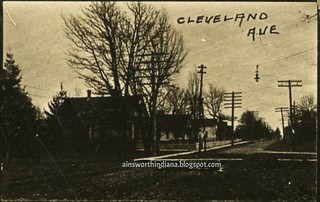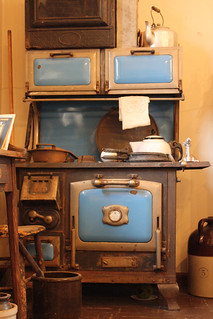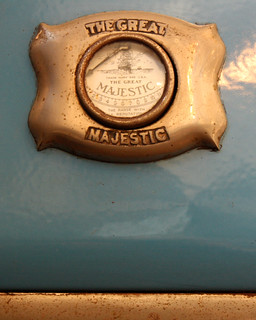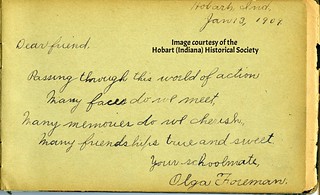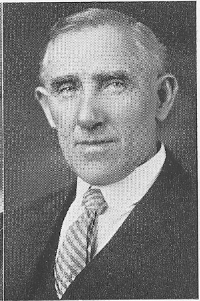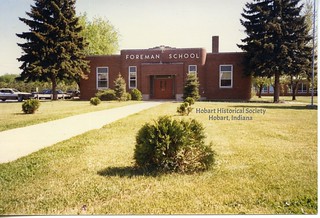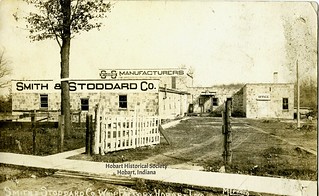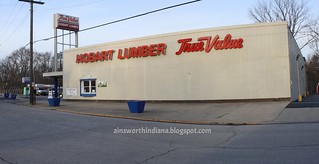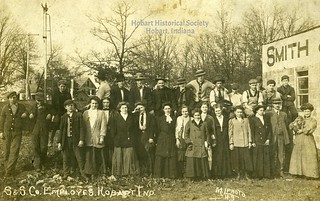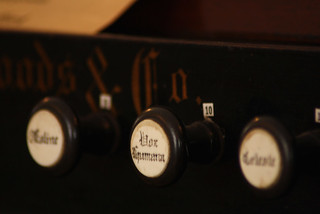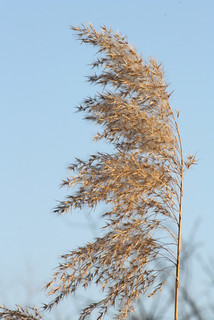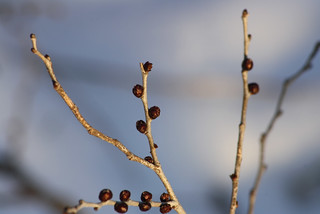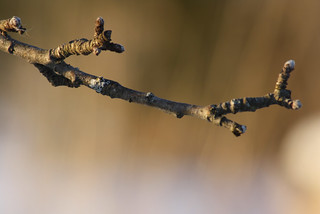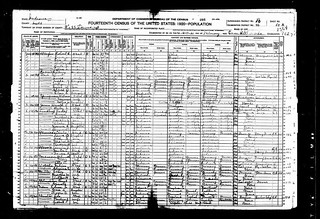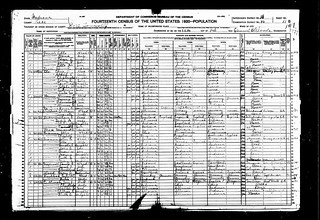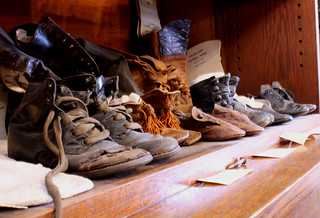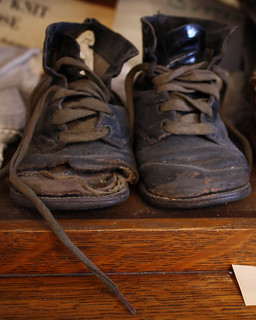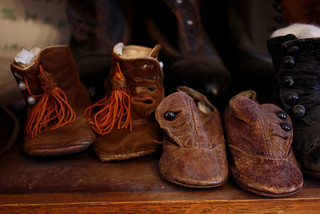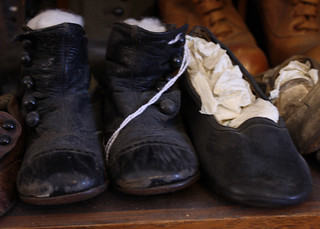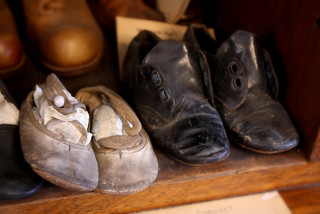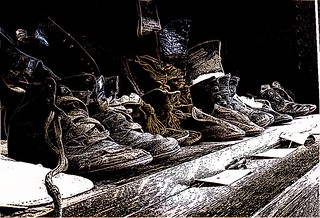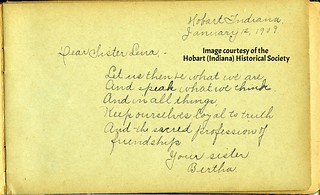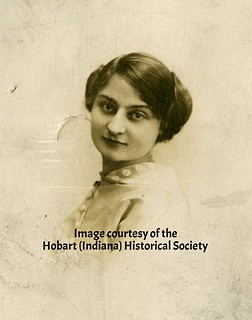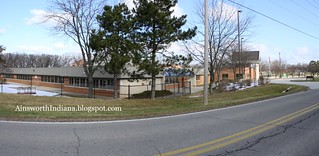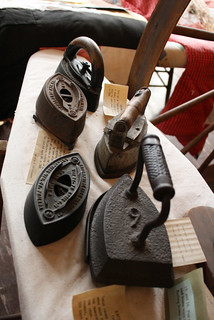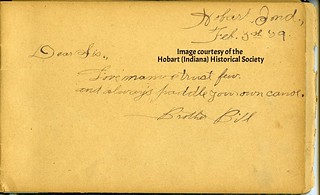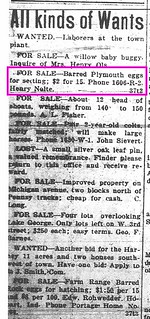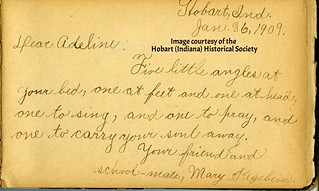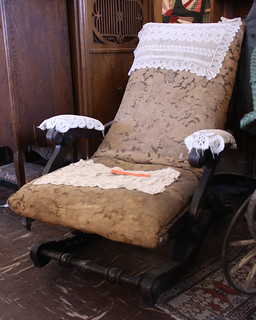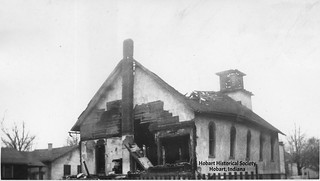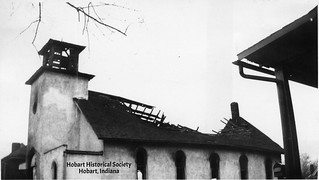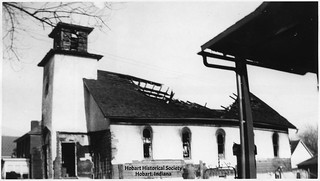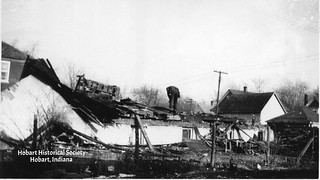As promised
yesterday, we have a couple photos of the assembled Raschka family.
The first is undated (but judging by the women's fashions, I'd guess sometime in the 1940s). Pictured here, left to right: Lesta, Daisy, Bernice, William, Wilma, Carrie, and Leona.
 (Click on images to enlarge)
(Click on images to enlarge)
Images courtesy of Bruce McLain.
The second is dated June 28, 1954 — William and Carrie are celebrating their 60th wedding anniversary. Left to right: Daisy, Leona, Carrie, William, Lesta, Wilma, and Bernice.
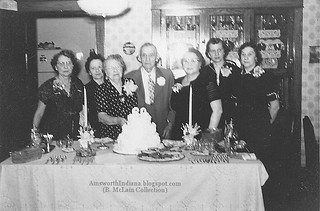
I did check the
Gazette microfilm for any report of this event, but found none. However, we can get some notion of that day's festivities from the following accounts of William and Carrie's 50th, 54th and 61st anniversaries. (Whoever clipped these for the Hobart Historical Society did not note which newspaper they came from.)
 (Click on images to enlarge)
(Click on images to enlarge)
Newspaper images courtesy of the Hobart Historical Society.
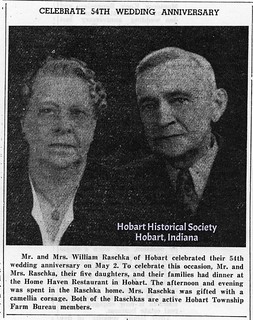
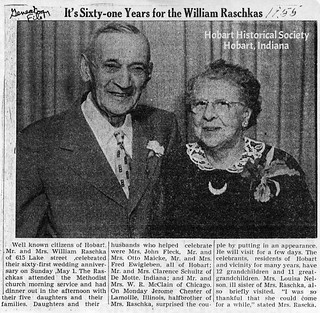 ♦ ♦ ♦
♦ ♦ ♦
During
the spring of 1920, the
Hobart News ran a series entitled "Hobart in Epitome and Brief Biographies of Its Builders," written by one J. Frank McDonald. (I don't know who he was. While the
1920 Census does show a Frank McDonald living in Hobart, it may be a coincidence, and I would not want to accuse a man on such slight evidence.)
One of the articles, from the April 15, 1920 issue, was about William Raschka. In many words, it tells us little we didn't already know, but I thought I'd retype it here anyway.
Dean Swift saw a century ago that "the man who causes two blades of grass to grow where before had been but one is a public benefactor," and the great truth embodied in the epigram is so universally recognized that it has become axiomatic. What the philosopher meant to stress and impress, was the fact that whoever in creases production of the staples upon which man and his domestic helpmeet animals exist was the best benefactor of the human family, and he might with truth have gone further than this along analogous lines. For a coadjutor and co-worker for the common good with the soil tiller who produces the necessities that sustain life is the man who furnishes a ready and convenient market for staple products at the highest going price. The man who worthily fills this utilitarian field in a community like Hobart and eastern Lake county that is largely dependent upon agriculture for material support, plays an important part in the drama of that community's every day life and the creature-comforts, contentment and happiness of many are largely in his hands.
And in the person of Wm. Raschka, the largest grain and hay dealer of Lake county, who handles the major portion of all these staples raised in eastern Lake county, Hobart and its tributary country has a very valuable asset.
Mr. Raschka is a native son of Indiana, was born and raised on a farm, and all his life, though he has managed large mercantile interests and other barks of business nature, has been a tiller of the fertile soil of the Hoosier state. He first saw the light at Bass Lake, Starke county, May 22, 1869,* and there lived, and where he still owns fine farming property, until 1892, when he removed to Ainsworth, in Lake county. Shortly after taking up his residence there he led to the hymenial altar Miss Carrie Chester, the winsome daughter of Henry Chester, one of the largest and most successful farmers of the Ainsworth section, and in association with his father-in-law he for several years progressively and profitably cultivated 1,200 acres of this fertile land that has few peers in productiveness in the country. Later he purchased the large Ainsworth general merchandising store of W.H. Halsted, and this he conducted with the success that has attended every enterprise he has launched in life for fourteen years, or until determining to devote his entire time to the purchase and sale of grains and hay about four years ago.
Although having removed to Hobart at the time of selling the Ainsworth store, to give his family greater educational and social advantages, his grain business interests still centers at Ainsworth, where he maintains a commodious warehouse.
Mr. Raschka's success in the grain business has been remarkable due in great measure to his thorough knowledge of all staple products and his business sagacity, but more in especial to the fact that his name is a synonym for truth and integrity in every confine of Lake county. The grain and hay dealers of this section well know that the name of William Raschka stands for the square deal in every transaction of life, and that is why he last season handled over one thousand carloads of these products, which was probably double the amount dealt in by any other dealer or dealers in Lake county.
Mr. Raschka resides in his sightly, substantial and modernly appointed brick residence on Lake street, adjacent to the Christian church, of which church he and his family are active and leading members, and of which church organization he is one of the board of trustees.
Although his business interests do not lie in this city he is accounted one of Hobart's most public spirited citizens and plays a progressive's part in every movement making for the advancement and uplift of the city in which he makes his home and habitat.
_____________________
*His birth year is given as 1868 on his grave marker; I don't know which is correct.


